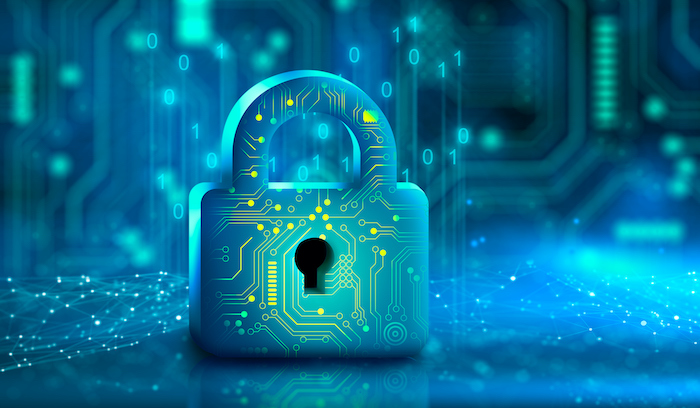Multifactor authentication (MFA) represents a type of security technology that requires more than one method to confirm the identity of an individual who wants to log into a computer system or complete another type of transaction. The most common type of authentication involves inputting a password. However, because of the advanced tools developed by hackers, MFA makes it more difficult to gain access to another person’s bank or credit card account. The primary goal of MFA is to establish multiple layers of defense to deter criminals from gaining access to unauthorized data.
One of the disadvantages of going with standard ID and password login information is passwords are easy to compromise, which can cost organizations millions of dollars of stolen financial information. Easy-to-obtain password-cracking tools eliminate the guessing game for hackers trying to compromise the integrity of a computer security system. The onslaught of security breaches committed at financial institutions is one of the motivating factors that led to the development of the MFA system.
What Are the Three Most Common Types of MFA Methods?
With cybersecurity being a top business concern, we wanted to cover the three most common MFA methods include knowledge, possession, and inherence factors.
Knowledge Factor
As the most common type of authentication, the knowledge factor usually requires a user to answer a security question that refers to personal knowledge, such as the name of a first pet or the maiden name of a mother. A user first submits a password or a four-digit personal ID number before a computer program presents the knowledge factor question.
Knowledge factor authentication has become a popular way to identify someone who wants to gain access to money held in a bank account.
Possession Factor
The factor that transforms a two-factor authentication system into an MFA involves requesting some form of a possession factor. Users must present a specific item in their possession to reach the third stage of authentication. Items such as a token, key fob, security badge, and phone subscriber identity module (SIM) card all qualify as a possession factor for authentication.
Inherence Factor
An inherence factor adds one more step in the MFA process. A user presents a biological trait unique to the individual to gain access to highly sensitive documents or entrance into a tightly secured facility such as a medical laboratory. Popular types of inherence factors include the retina and fingerprint scans, as well as hand geometry, voice verification, and facial recognition. The devices used to detect inherence factors include a reader and database software that converts a scanned inherence factor.
What Are the Advantages and Disadvantages of MFA Systems?
MFA systems offer both advantages and disadvantages, with the pros far outweighing the cons. Implementing an MFA system does not require a considerable investment of labor and financial resources, which makes the system cost-effective for most organizations that include small businesses that operate on tight technology budgets.
Pros
The added layers of security not only prevent criminals from gaining access to highly sensitive information, but it also deters criminals from even making an attempt to breach the security of a business or government agency. Added security layers occur at the hardware, software, and personal ID levels. MFA systems can utilize OTPs sent to Smartphones in real time without risking a security breach. More than two levels of authentication decrease the number of security breaches by as much as 99.9 percent over just using passwords to provide information technology security.
Cons
MFA disadvantages are more about inconvenience than anything else. You need a phone to receive a text message code, which means losing a phone can make it difficult to gain access to your bank and credit card accounts. Forgetting passwords and login codes present a problem, but that also is an issue for organizations that go with just one or two layers of security protection. Some biometric scanners do not produce accurate results, which can deny a legitimate user from gaining access to information or allow an unauthorized user to gain access to the same information. If a computer network experiences a power or Internet outage, an MFA verification system can fail to perform at an optimal level.
MFA Versus Two-Factor Authentication
When information technology specialists first introduced authentication strategies, one of the goals involved enforcing security standards while keeping the systems as easy to use as possible. The focus on simplicity kept the number of security layers at two until hackers developed the technical skills required to crack the second layer of security. When IT specialists discovered that two layers were not enough to deter criminals, developers developed MFA technology to add a third and fourth layer of security.
MFA systems are much more preferable to two-factor authentication systems for users that want access to ATMs and other automated banking services.
Multi-Factor Authentication: The Bottom Line
Multi-factor authentication is the current strategy to prevent hackers from gaining access to information they should never have. However, as hackers develop new and improved skills, MFA strategies must be adaptive to the changes by preventing unwanted intrusions into highly sensitive data and information.
Additional Resources
Top Cybersecurity Certifications to Boost Your Career



0 Comments